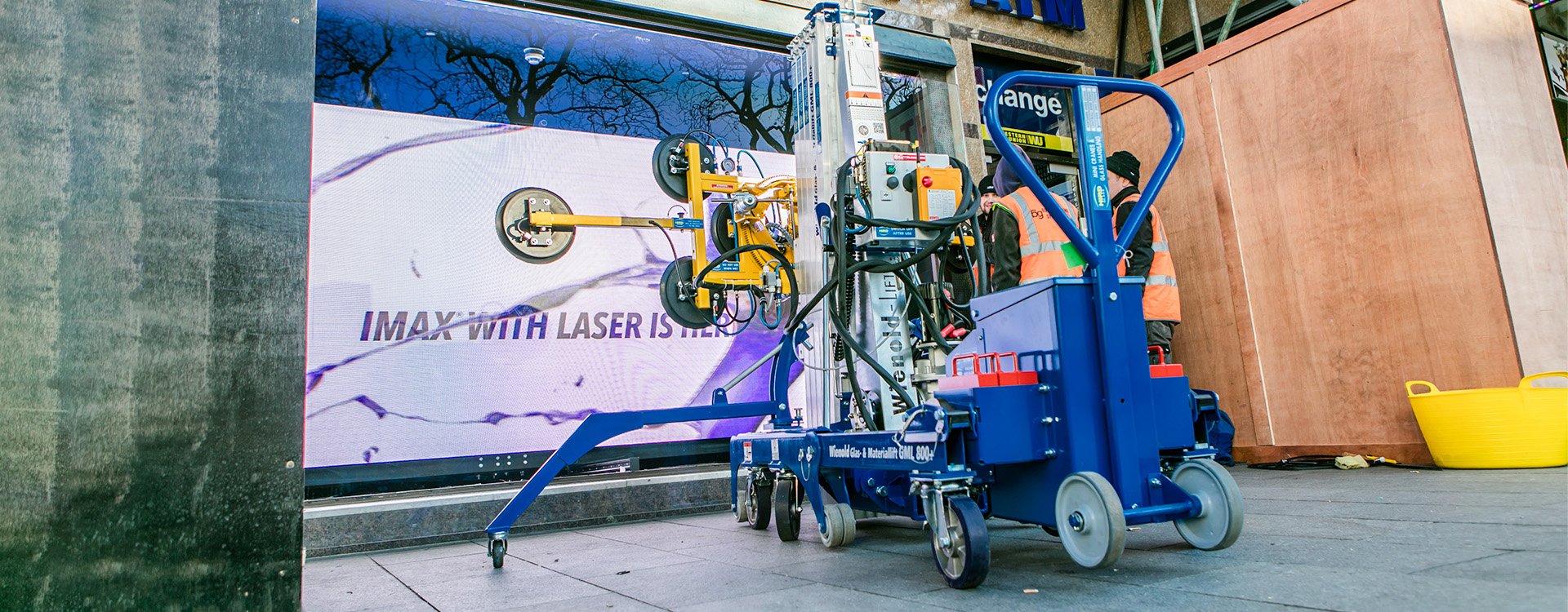Counterbalance Floor Crane Hire
The counterbalance floor crane is used where no other overhead lifting points are available to help lift and manoeuvre heavy loads.
They can be manual or hydraulic and are found in a number of industrial applications – construction, manufacturing and warehouses. Electric drive versions reduce the manual handling effort significantly.
Contact your nearest depot for your counterbalance floor crane requirements
or make a Counterbalance Floor Crane Hire Enquiry
Want to know more about Counterbalance Floor Cranes?
We’ve created a useful resource page here where we answer many of the common questions we get about Floor Crane Hire

